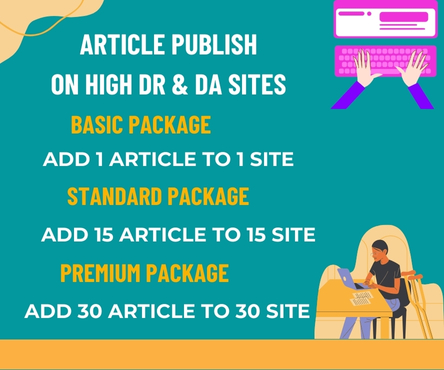Indoor air quality is a critical aspect of our health and well-being, yet it often goes unnoticed until problems arise. Beyond dust, dirt, and visible stains, indoor air pollutants can have severe consequences on our respiratory system, cardiovascular health, and overall quality of life. This is where professional cleaning services come into play, playing a vital role in improving indoor air quality. In this article, we will explore the impact of house cleaning service on indoor air quality and why it is essential for a healthier living and working environment.
The Hidden Dangers of Indoor Air Pollution
Indoor air pollution is a silent killer, often caused by dust mites, mold, pet dander, pollen, and volatile organic compounds (VOCs) emitted by household products and building materials. These pollutants can trigger allergies, asthma, and other respiratory problems, making it essential to maintain good indoor air quality. According to the Environmental Protection Agency (EPA), indoor air pollution can be two to five times higher than outdoor levels, emphasizing the need for effective cleaning and maintenance strategies.
The Role of Cleaning Services in Improving Indoor Air Quality
Professional cleaning services are equipped with the necessary tools, techniques, and expertise to tackle indoor air pollutants. Here are some ways cleaning services can improve indoor air quality:
- Dust Removal: Regular dusting using HEPA-filter vacuums and microfiber cloths can significantly reduce dust particles in the air, alleviating allergy symptoms and respiratory problems.
- Deep Cleaning: Thorough cleaning of carpets, upholstery, and hard-to-reach areas can eliminate hidden pollutants, such as dust mites, mold, and pet dander.
- Sanitizing and Disinfecting: Cleaning services can sanitize and disinfect high-touch areas, reducing the spread of germs and viruses that can compromise indoor air quality.
- Mold Remediation: Professional cleaning services can identify and remove mold growth, preventing the release of mold spores into the air.
- Air Duct Cleaning: Cleaning air ducts can remove accumulated dust, debris, and pollutants, improving the overall efficiency of HVAC systems and indoor air quality.
Benefits of Improved Indoor Air Quality
The benefits of improved indoor air quality are numerous and far-reaching. Some of the advantages include:
- Reduced Allergy Symptoms: Cleaner air can alleviate allergy symptoms, such as congestion, sneezing, and itchy eyes.
- Improved Respiratory Health: Good indoor air quality can reduce the risk of respiratory problems, such as asthma and chronic obstructive pulmonary disease (COPD).
- Increased Productivity: A healthier indoor environment can boost productivity, cognitive function, and overall well-being.
- Extended Equipment Life: Regular cleaning and maintenance can extend the life of HVAC systems, reducing energy consumption and costs.
Conclusion
In conclusion, professional cleaning services play a vital role in improving indoor air quality, reducing the risks associated with indoor air pollution. By removing dust, dirt, and other pollutants, cleaning services can create a healthier living and working environment, boosting productivity, and overall well-being. As we spend more time indoors, it is essential to prioritize indoor air quality, and professional cleaning services are an effective way to achieve this goal. By investing in regular cleaning services, individuals can breathe easy, knowing they are protecting their health and well-being.

